Europe’s mountain ranges cradle some of the world’s most stunning alpine lakes,
each offering unique characteristics that capture the imagination. These pristine
bodies of water, formed by glacial activity and tectonic movements, are jewels in the
continent’s mountainous crown.
From the soaring Alps to the rugged Pyrenees, these lakes have drawn visitors for
centuries with their crystal-clear waters and dramatic surroundings.
Lake Bled, Julian Alps, Slovenia

The emerald waters of Lake Bled reflect the ancient castle perched high on a
limestone cliff, creating one of Europe’s most photographed scenes. A small island in
the middle of the lake hosts a picturesque church that dates back to the 17th
century.
The lake’s thermal springs maintain a pleasant swimming temperature well into autumn.
Lac d’Annecy, French Alps, France
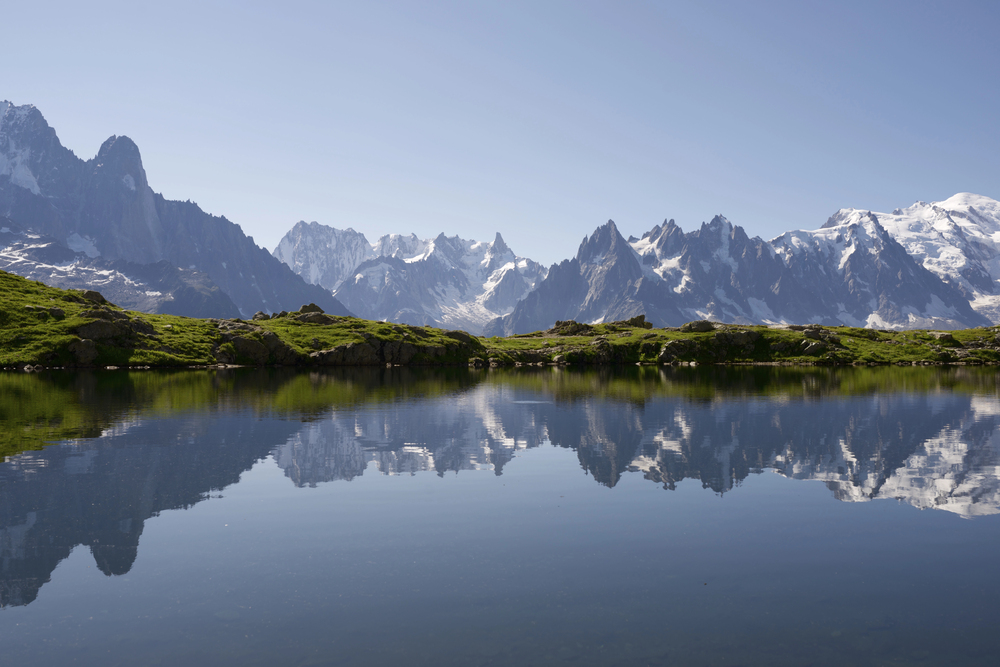
Nestled between snow-capped peaks, Lac d’Annecy is Europe’s cleanest lake due to
strict environmental regulations implemented in the 1960s. The medieval town of
Annecy, known as the ‘Venice of the Alps,’ graces the lake’s northern shore with its
charming canals and historic buildings.
The lake’s crystal-clear waters provide ideal conditions for water sports and swimming during the summer months.
Like Travel Pug’s content? Follow us on MSN.
Königssee, Berchtesgaden Alps, Germany
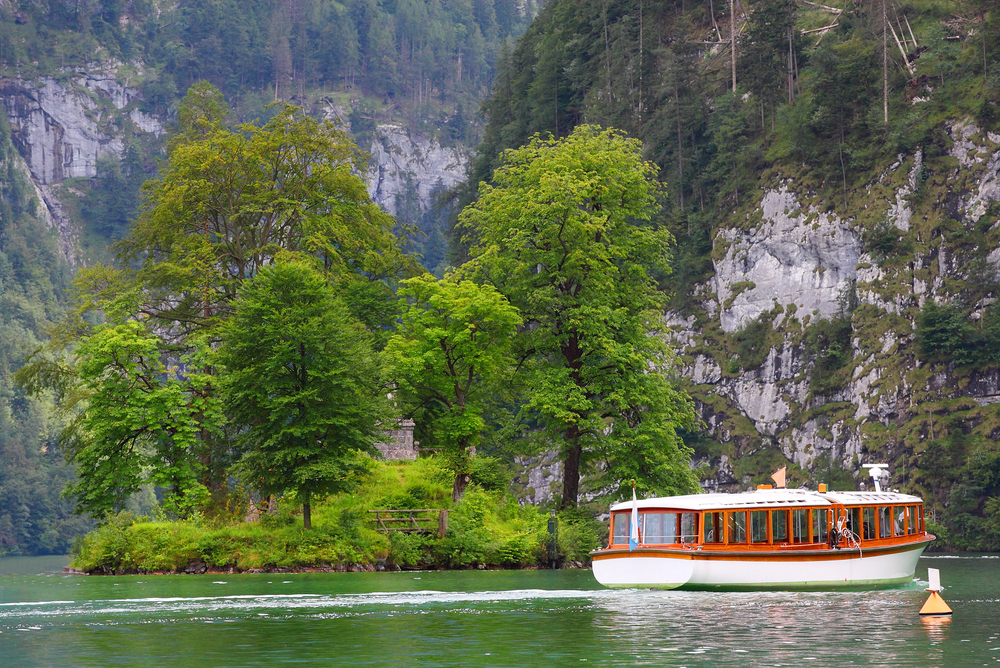
The emerald-green Königssee stretches like a fjord between towering rock faces in
Bavaria’s only national park. The lake’s famous St. Bartholomä church, with its
distinctive red domes, has stood on a peninsula since 1134.
Electric boats glide silently across the lake’s surface, allowing visitors to experience the remarkable echo created by the surrounding cliff walls.
Lake Brienz, Bernese Alps, Switzerland
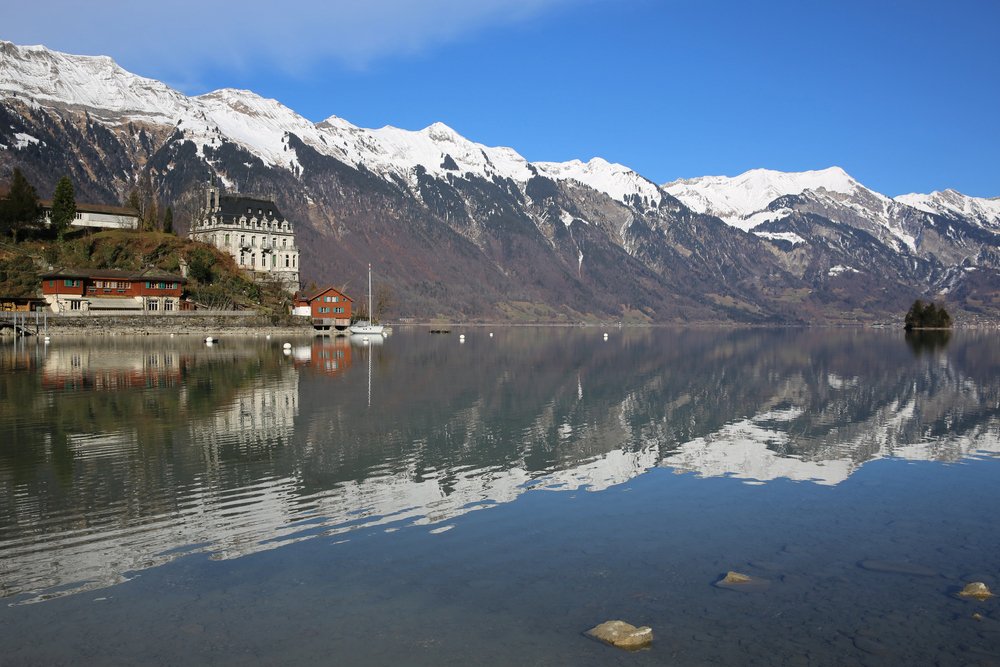
The turquoise waters of Lake Brienz owe their distinctive color to glacial sediments
suspended in the pristine alpine water. Traditional paddle steamers cruise between
charming villages that dot the shoreline, offering views of waterfalls cascading from
the surrounding mountains.
The lake’s position between Interlaken and the Bernese Highlands makes it a perfect base for exploring the region.
Lago di Braies, Dolomites, Italy
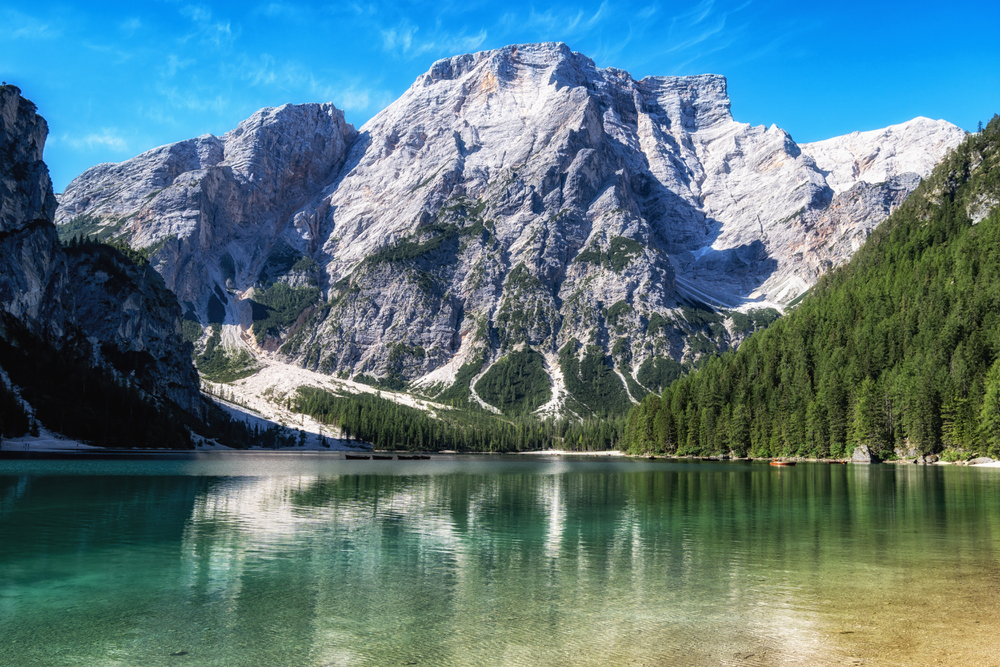
This pearl of the Dolomites mirrors the dramatic limestone peaks in its crystal-clear
waters, creating a natural amphitheater of extraordinary beauty. Wooden boats line
the shore near the historic Hotel Lago di Braies, providing opportunities for peaceful
rowing adventures.
The lake’s accessibility and stunning backdrop have made it one of the most photographed locations in the Italian Alps.
Like Travel Pug’s content? Follow us on MSN.
Morskie Oko, Tatra Mountains, Poland

The ‘Eye of the Sea’ lies surrounded by some of Poland’s highest peaks, creating a
natural bowl of alpine splendor. Crystal-clear waters reflect the surrounding granite
peaks, which remain snow-covered for much of the year.
The lake’s remote location, accessible only by foot or horse-drawn cart, adds to its untouched charm.
Lake Lucerne, Uri Alps, Switzerland
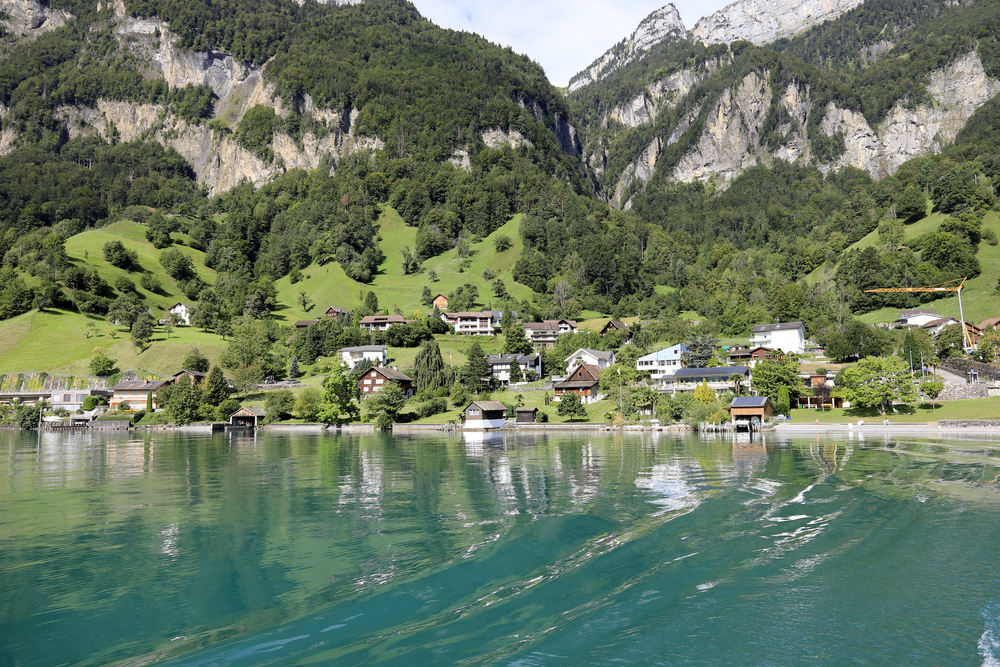
Lake Lucerne’s four arms stretch between towering mountains, creating a cross-
shaped body of water that defines central Switzerland. Historic paddle steamers
cruise between lakeside villages that tell the story of Swiss independence and
William Tell.
The lake’s position at the foot of Mount Pilatus and Mount Rigi offers visitors endless opportunities for mountain excursions.
Lac de Gaube, Pyrenees, France
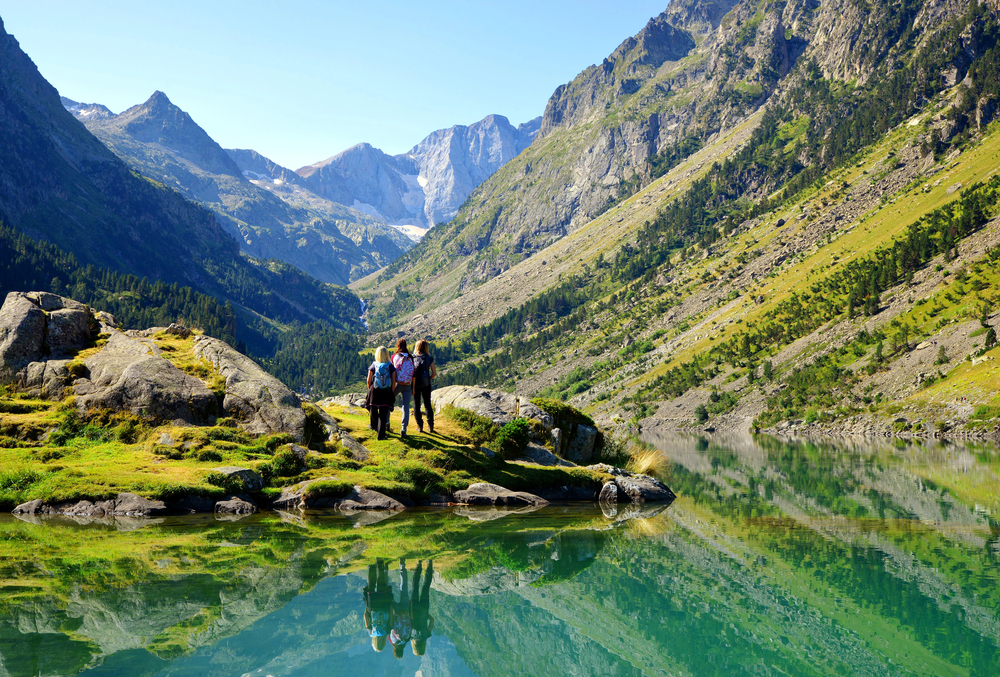
This high-altitude gem sits beneath the imposing Vignemale massif, reflecting the
rugged peaks in its pristine waters. A historic stone hostel on the shore has
welcomed mountaineers and travelers since the 19th century.
The lake’s remote location rewards hikers with solitude and unspoiled mountain scenery.
Like Travel Pug’s content? Follow us on MSN.
Hallstätter See, Salzkammergut, Austria
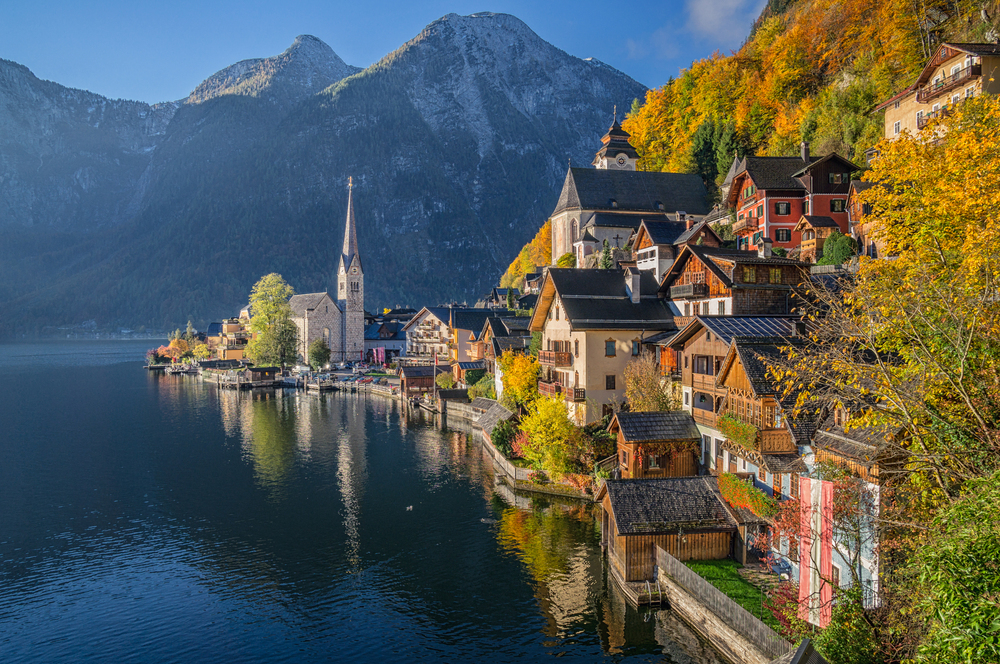
The mirror-like surface of Lake Hallstatt reflects the UNESCO World Heritage town
of Hallstatt and its surrounding mountains. Salt mines above the lake have been
worked since prehistoric times, shaping the region’s cultural landscape.
The lake’s funicular railway offers spectacular views of the water and the ancient Alpine
settlement below.
Lago di Carezza, South Tyrol, Italy
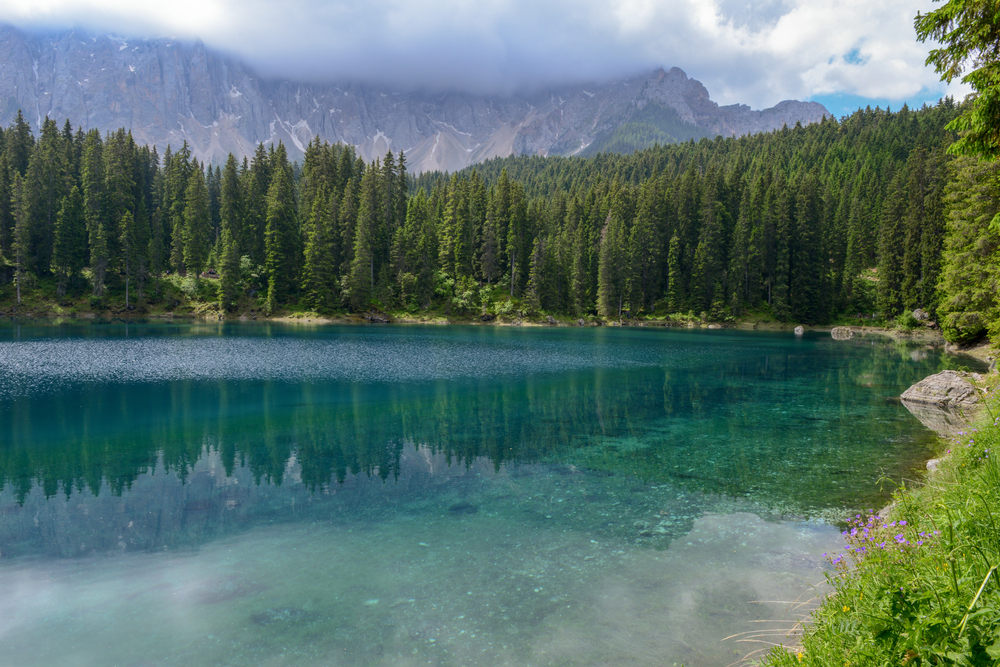
Local legends speak of a wizard who created the lake’s rainbow colors to capture the
heart of a beautiful water nymph. The small alpine lake changes color throughout the
day as light plays across its surface, creating an enchanting display.
The surrounding spruce and stone pine forest frames perfect reflections of the Latemar mountains.
Oeschinen Lake, Bernese Alps, Switzerland
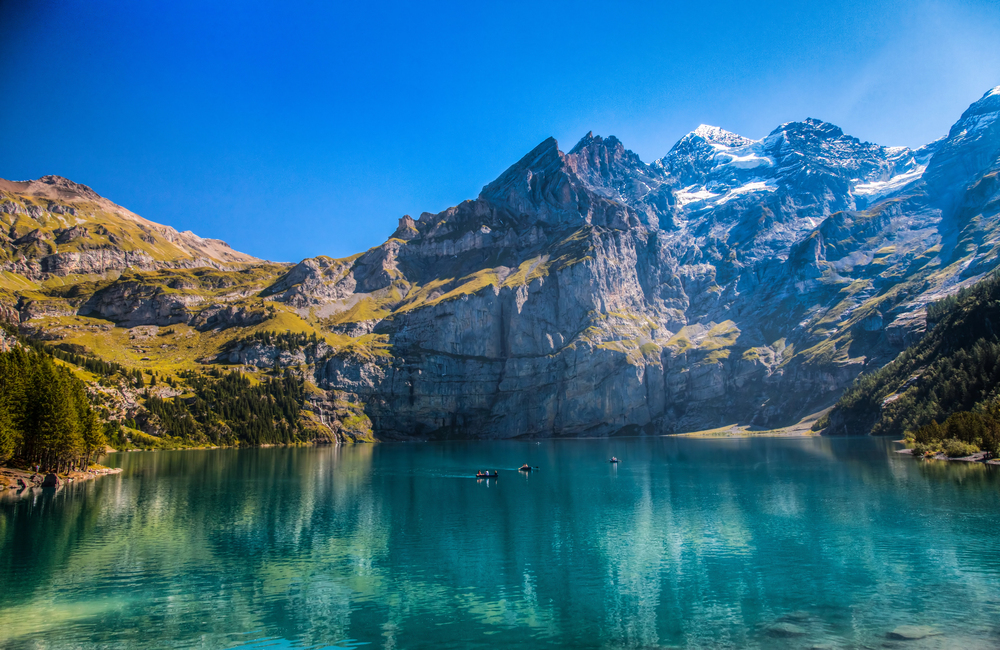
Fed by glacial streams cascading from surrounding peaks, this alpine lake maintains
its pristine blue color throughout the year. The lake’s position in a natural rock
amphitheater creates dramatic echoes that bounce between the cliff walls.
Traditional Swiss mountain huts offer authentic alpine refreshments with unparalleled
water views.
Like Travel Pug’s content? Follow us on MSN.
Lake Bohinj, Julian Alps, Slovenia
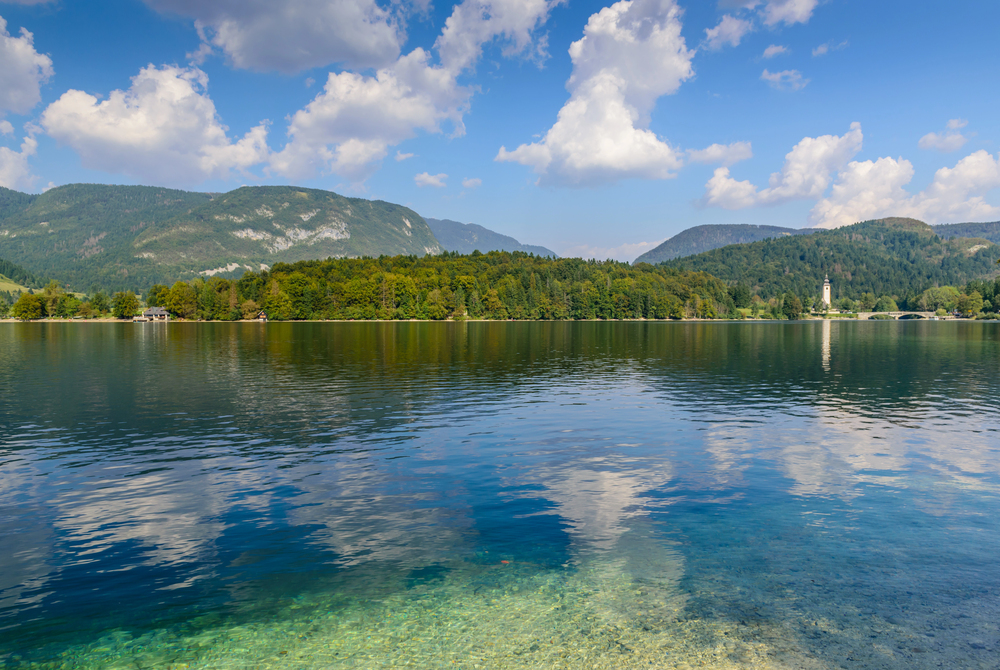
As Slovenia’s largest permanent lake, Bohinj’s clear depths capture the wild essence
of the Julian Alps. The lake is a gateway to Triglav National Park, Slovenia’s only
national park and a haven for rare alpine flora.
Ancient churches and traditional hay racks along the shore testify to centuries of mountain culture.
Lac Blanc, Mont Blanc Massif, France
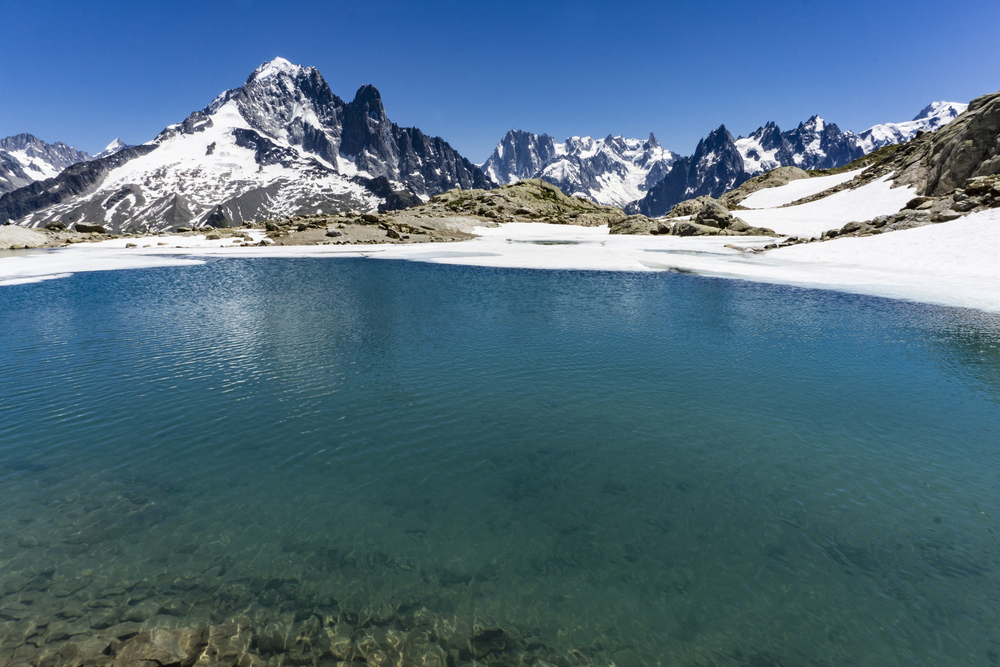
Perched high above the Chamonix Valley, this alpine lake offers perhaps the most
dramatic reflection of Mont Blanc in all the Alps. Mountain ibex frequently visits the
lake’s shores, adding to the wild atmosphere of this high-altitude setting.
The lake’s pristine waters freeze completely in winter, creating a natural mirror for the
alpenglow on surrounding peaks.
Lago di Sorapis, Dolomites, Italy
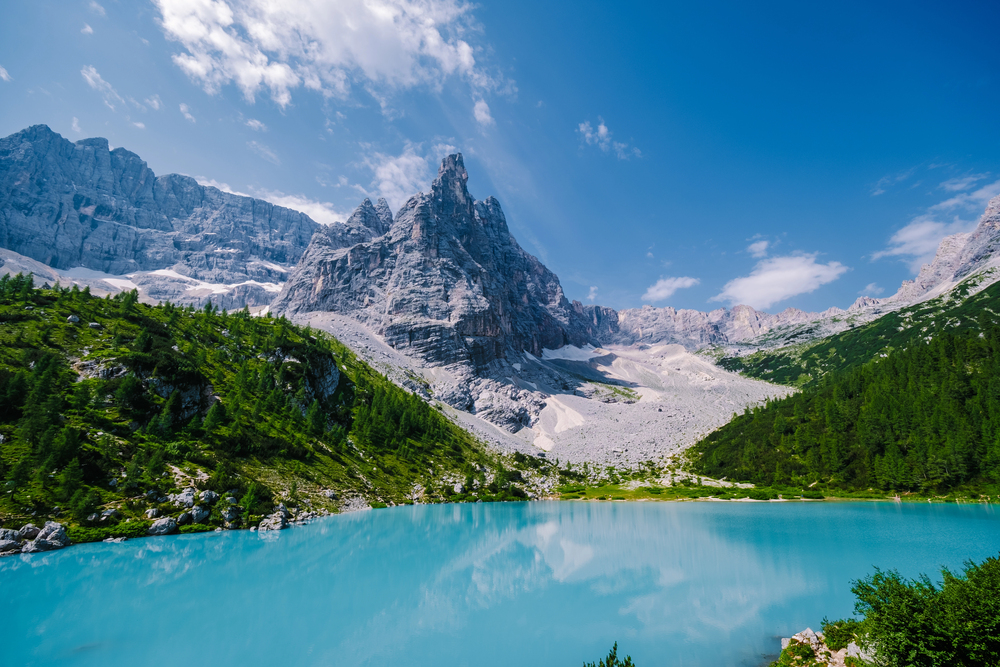
The milky turquoise waters of Lake Sorapis rest in a rocky bowl beneath towering
limestone spires. The lake’s unusual color comes from fine glacial sediment
suspended in the water, creating an otherworldly appearance.
Access requires a challenging mountain hike, rewarding adventurous visitors with solitude and spectacular views.
Like Travel Pug’s content? Follow us on MSN.
Gosausee, Dachstein Mountains, Austria
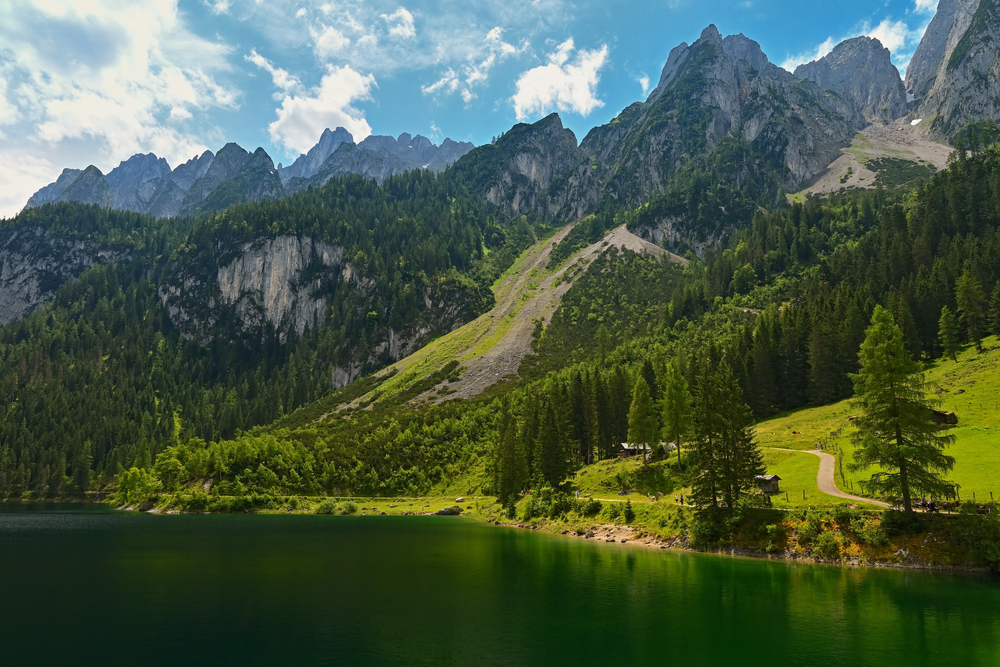
The three Gosau Lakes offer progressive views of the Dachstein glacier, with the
front lake providing the most accessible vantage point. Traditional alpine farming
continues around the lakes, maintaining cultural landscapes for centuries.
The lakes’ clear waters perfectly reflect the surrounding peaks, especially during calm morning hours.
Lac d’Oo, Pyrenees, France
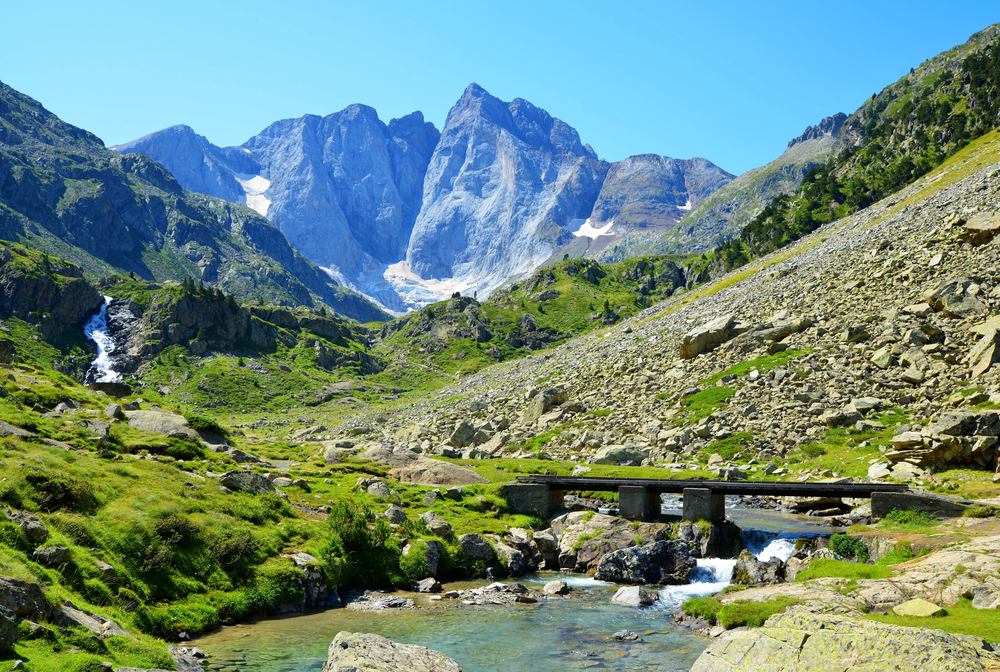
Enlarged by a hydroelectric dam, this natural lake sits beneath a spectacular
waterfall in the heart of the French Pyrenees. The historic refuge at the lake’s edge
has sheltered mountaineers and travelers for over a century.
The lake’s position at the end of a glacial valley creates a natural amphitheater of rocky peaks and cascading waters.
Lago di Fusine, Julian Alps, Italy
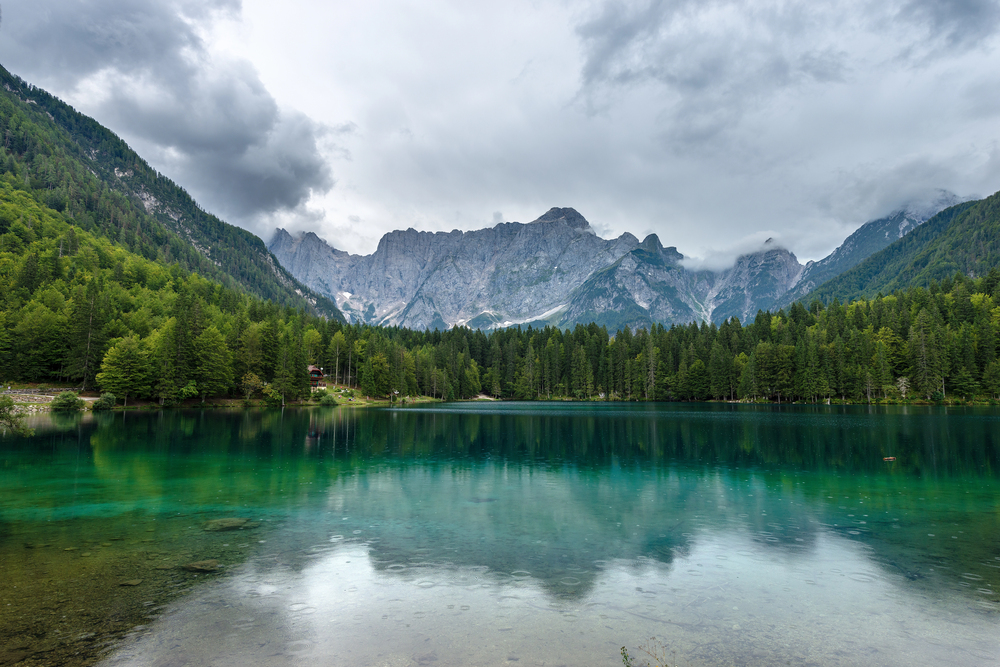
Twin lakes of glacial origin rest in a pristine forest setting near the borders of Italy,
Austria, and Slovenia. The lakes’ emerald waters maintain clarity due to underground
springs and minimal human impact.
Ancient spruce forests surrounding the lakes create a mystical atmosphere enhanced by morning mist.
Like Travel Pug’s content? Follow us on MSN.
Schrecksee, Allgäu Alps, Germany
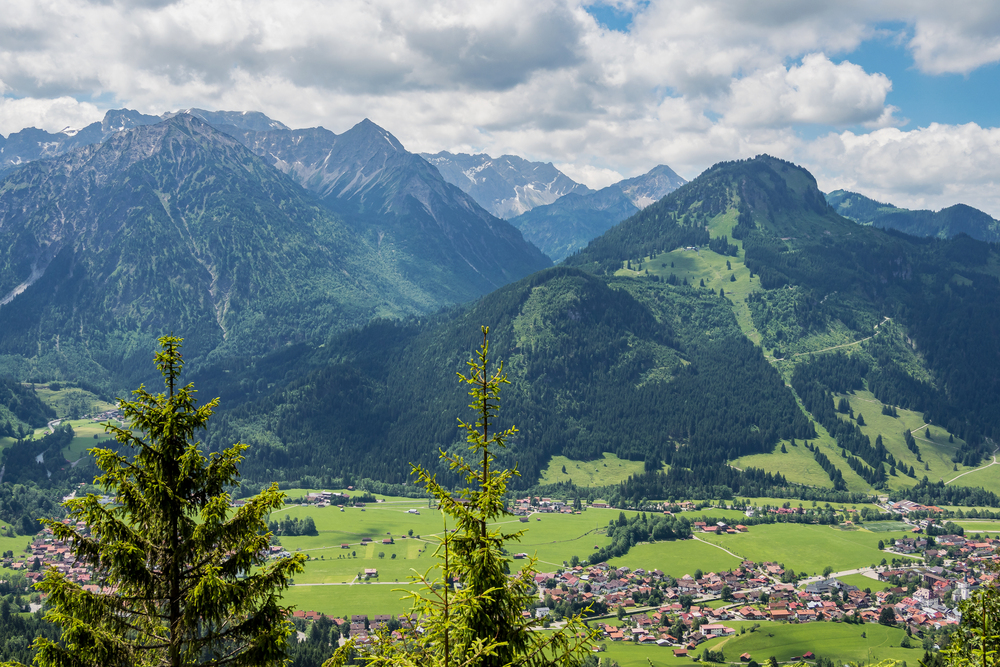
Germany’s highest alpine lake sits in a remote cirque, surrounded by rugged peaks
and alpine meadows. Traditional alpine farming continues around the lake, with
grazing cattle providing a quintessential mountain soundtrack.
The lake’s heart- shaped outline becomes apparent when viewed from surrounding peaks.
Lake Silsersee, Engadine, Switzerland
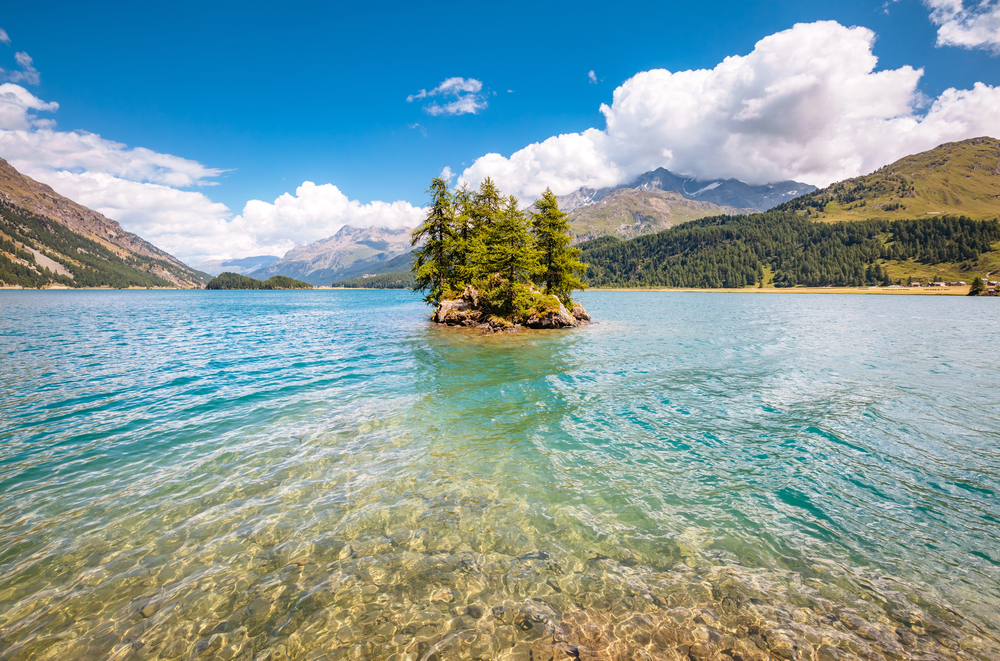
The highest-lying storage lake in Europe, with its deep blue waters, reflects the
elegant villages of the Upper Engadine. The lake’s position along ancient trade
routes has influenced surrounding communities’ unique culture and architecture.
Strong winds make the lake a paradise for windsurfers, while frozen winters
transform it into a natural highway between villages.
Laghi di Plitvice, Dinaric Alps, Croatia
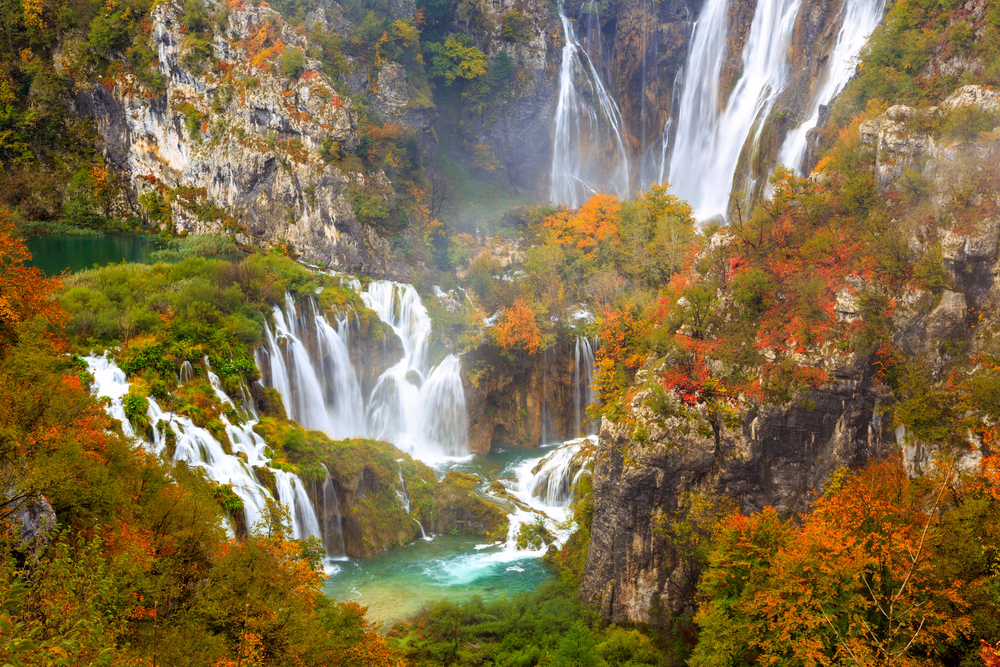
Though technically a series of lakes, these interconnected water bodies form
Croatia’s most famous natural wonder. Mineral-rich waters create ever-growing
travertine barriers between the lakes, forming a dynamic landscape of waterfalls and
pools.
The lakes’ colors range from azure to emerald, depending on mineral content and angle of light.
Like Travel Pug’s content? Follow us on MSN.
Europe’s Mountain Lakes: Timeless Natural Treasures
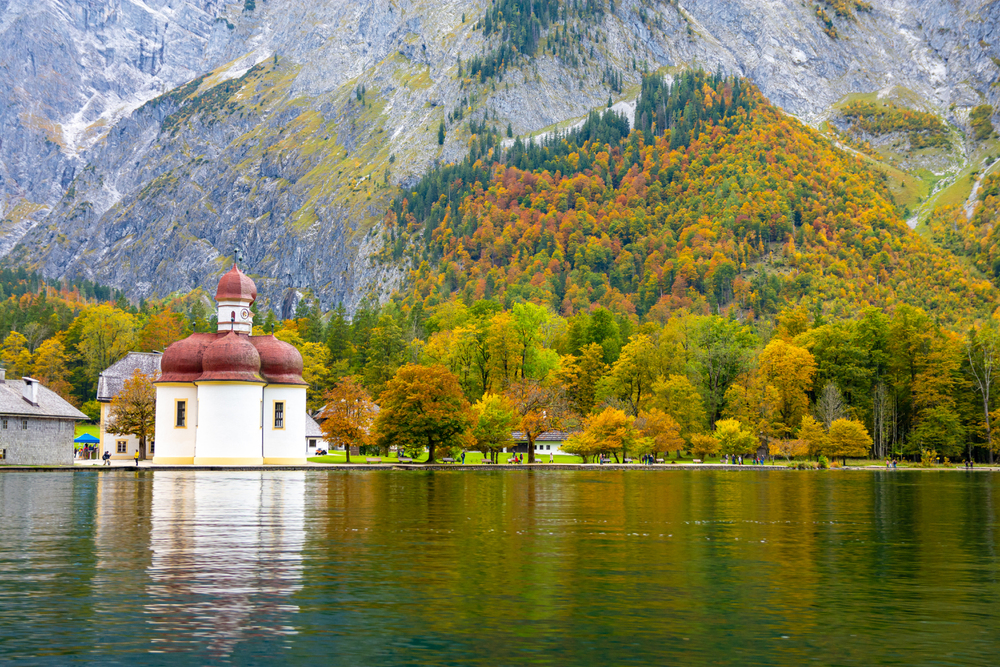
These mountain lakes represent some of Europe’s most precious natural treasures,
each telling its story of glacial formation, human history, and natural beauty. Whether
you seek adventure, tranquility, or natural wonder, these alpine jewels offer
experiences that will remain etched in memory long after your visit.
As climate change affects these delicate ecosystems, their preservation becomes
increasingly important for future generations.
More from Travel Pug

- 15 Dangerous European Cities to Avoid
- 15 Caribbean Islands Where Tourists Keep Getting Scammed
- The 20 Most Fascinating Abandoned Places: A Journey Through Time and Forgotten Spaces
- 15 Hidden Places in the Smithsonian Museums Locals Love: A Guide to Lesser-Known Treasures
- 16 Hidden Florida Beach Towns That Aren’t Overrun with Tourists
Like Travel Pug’s content? Follow us on MSN.
